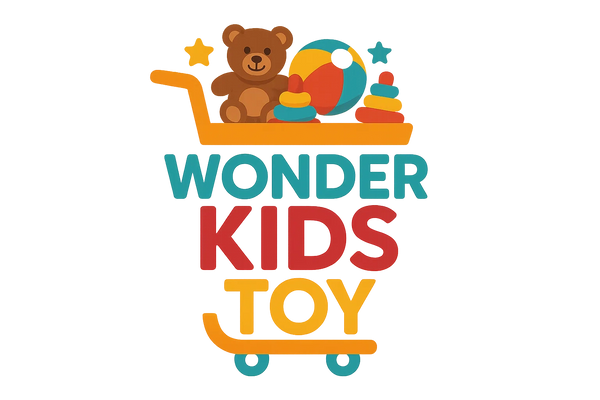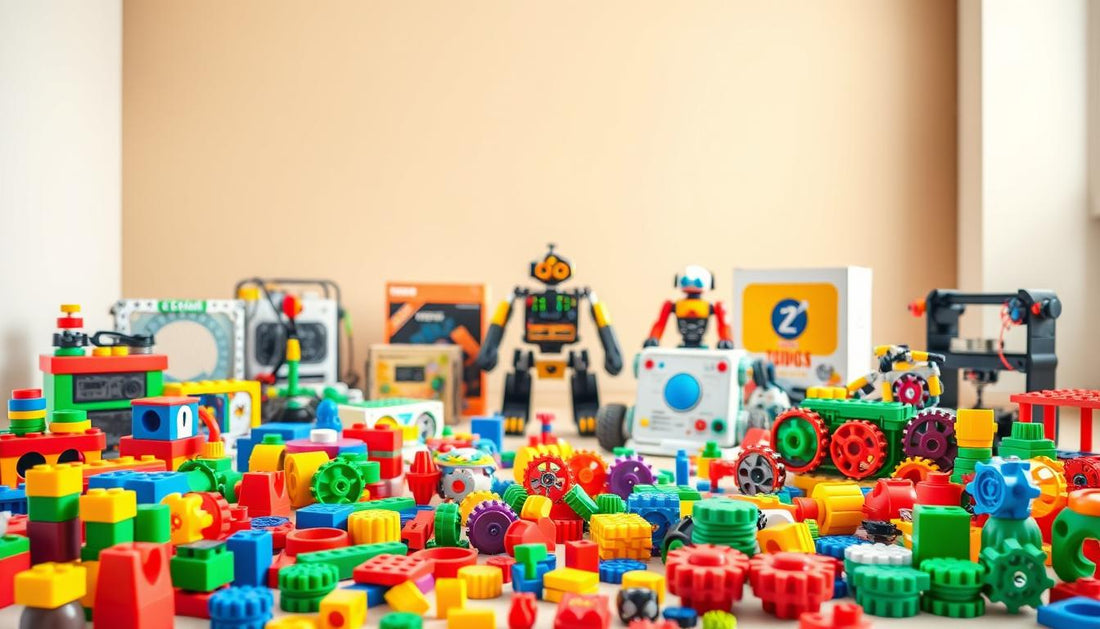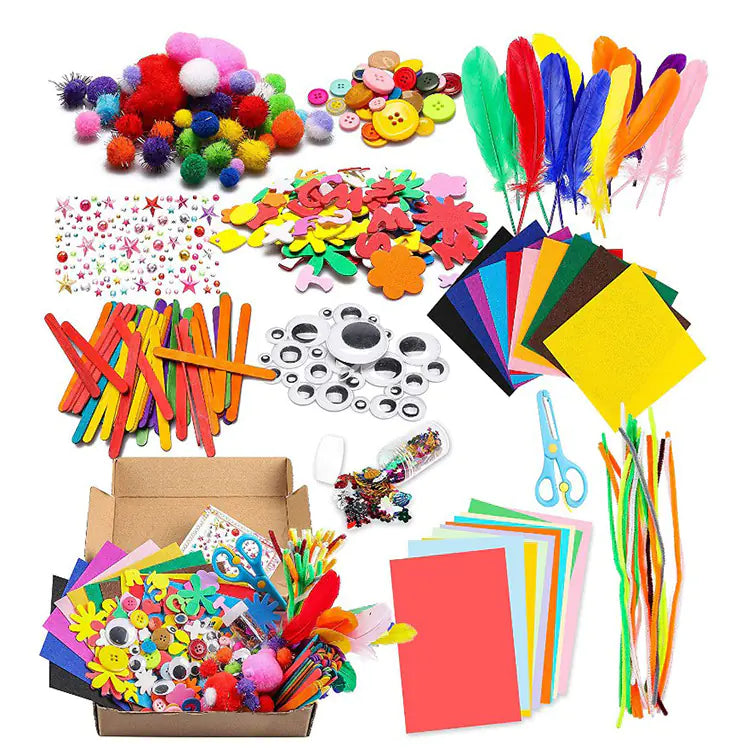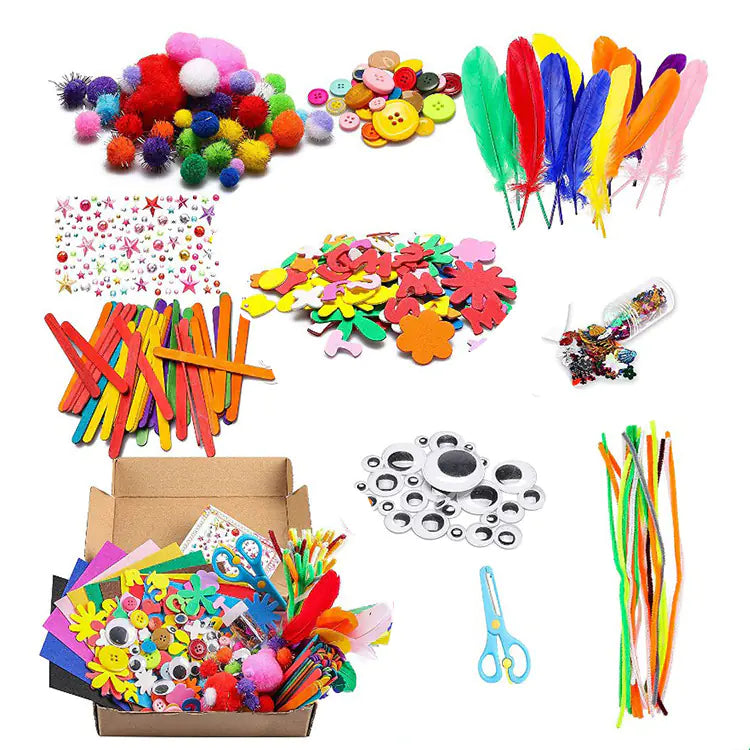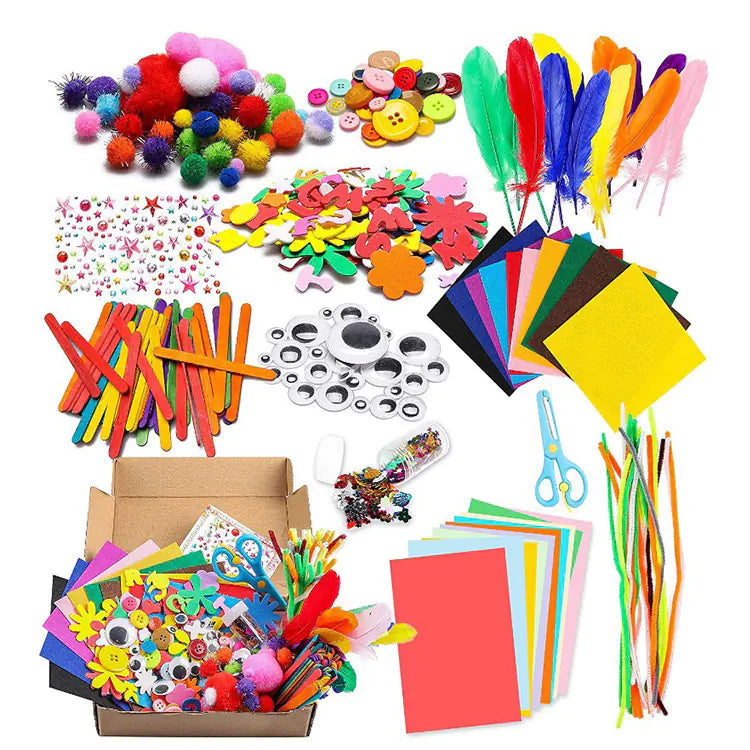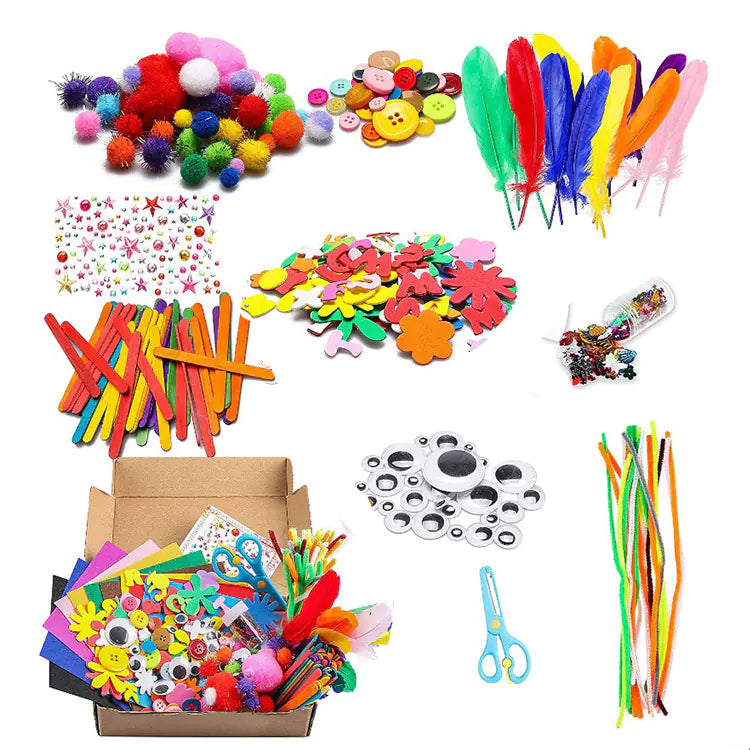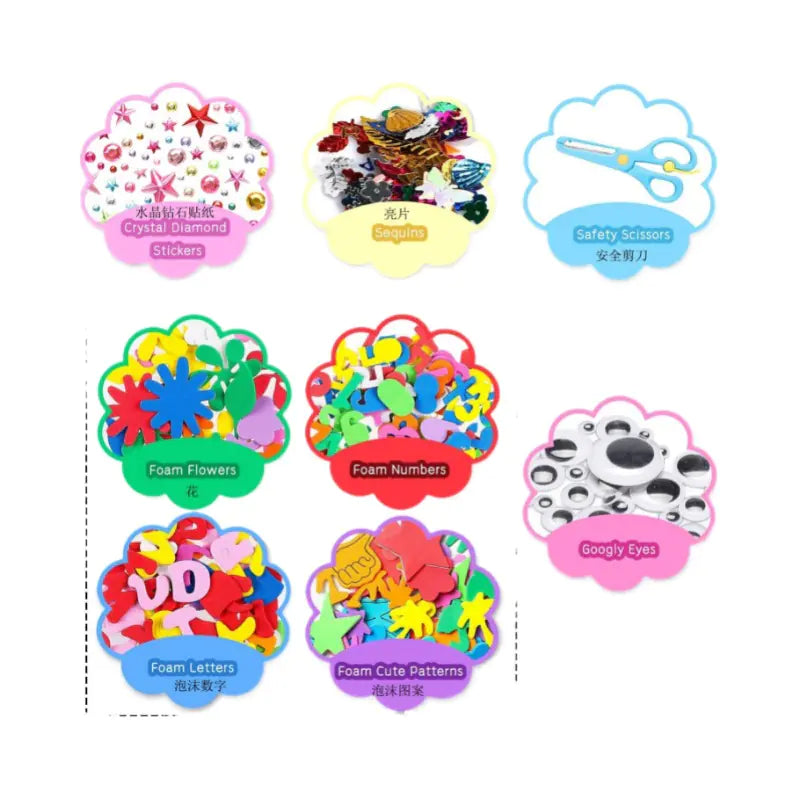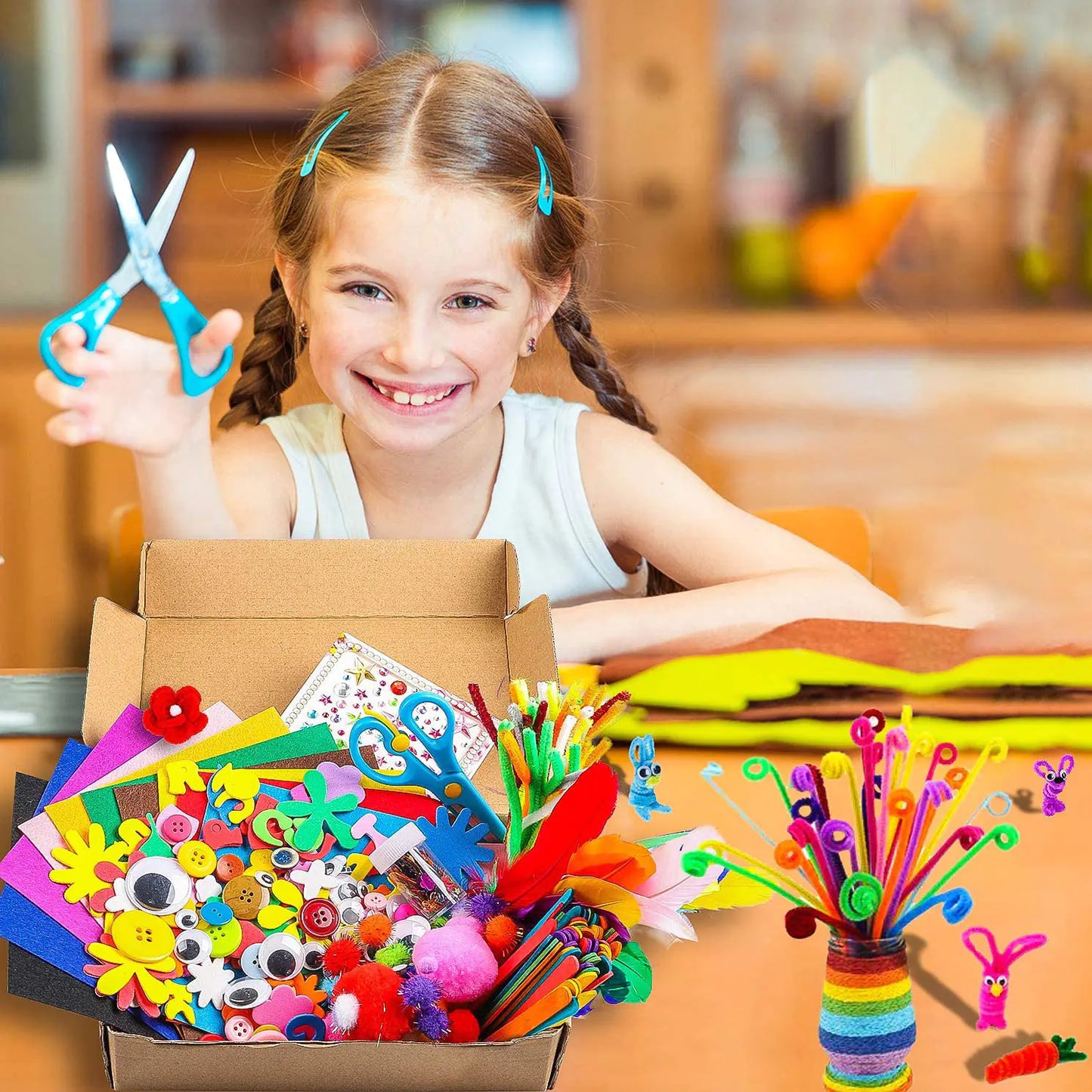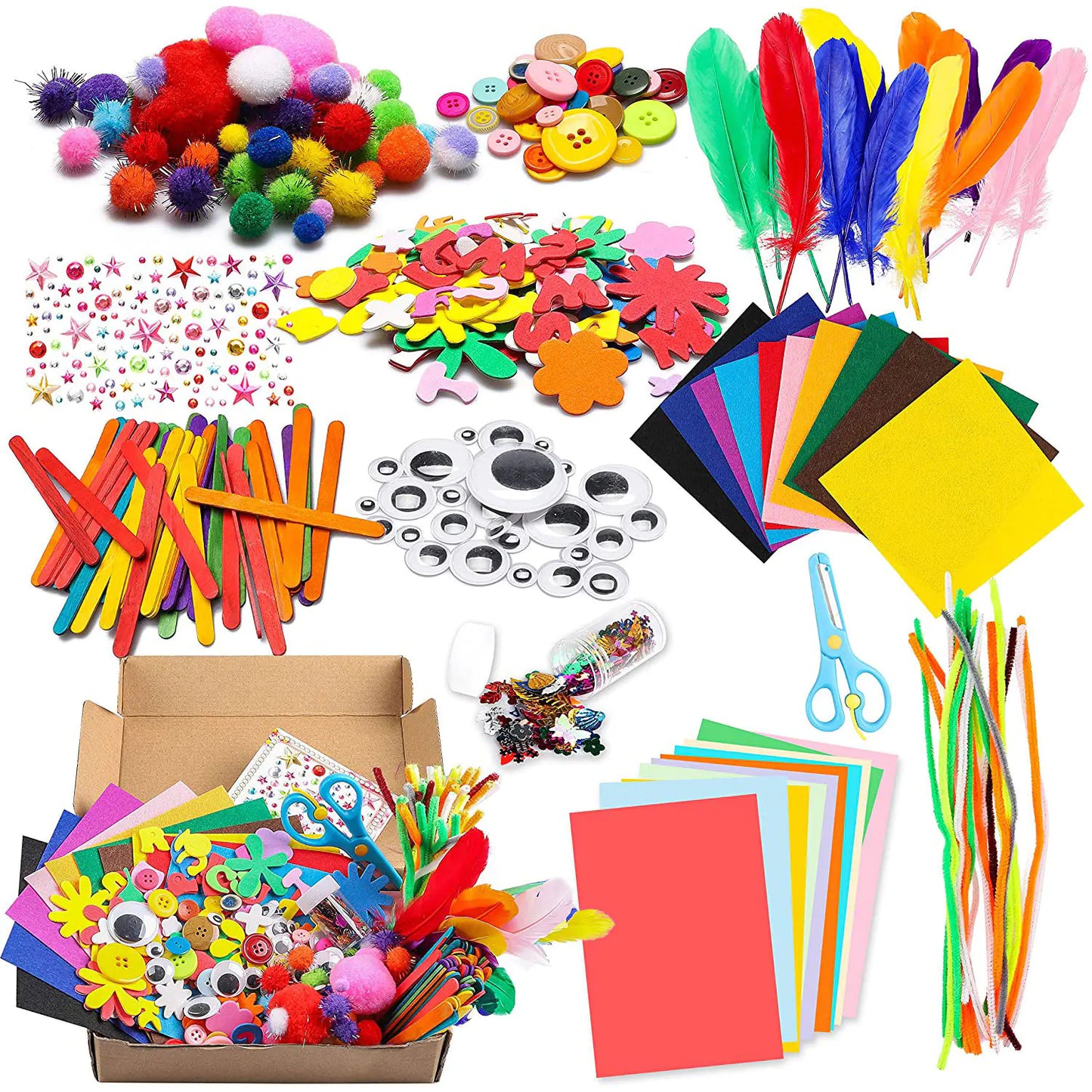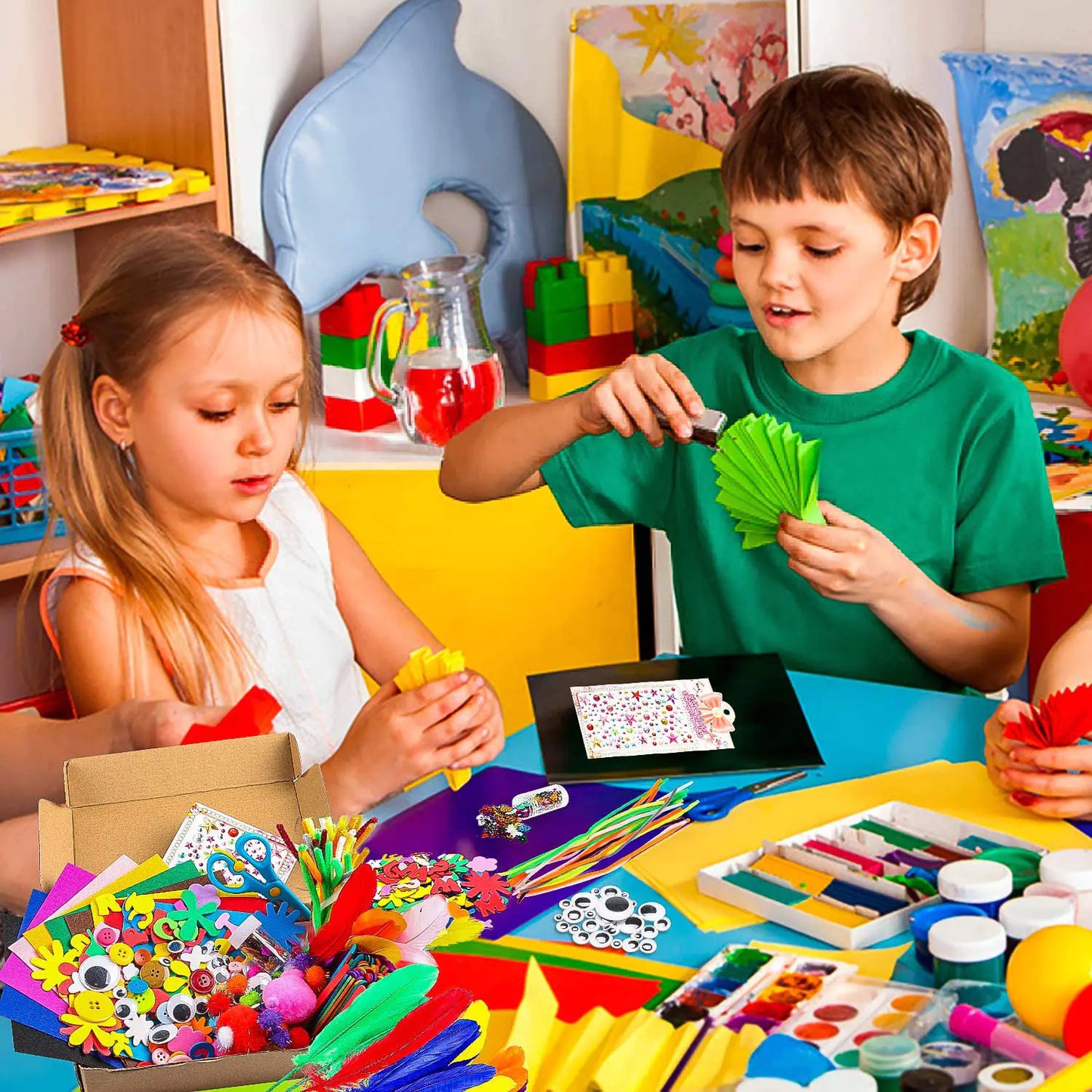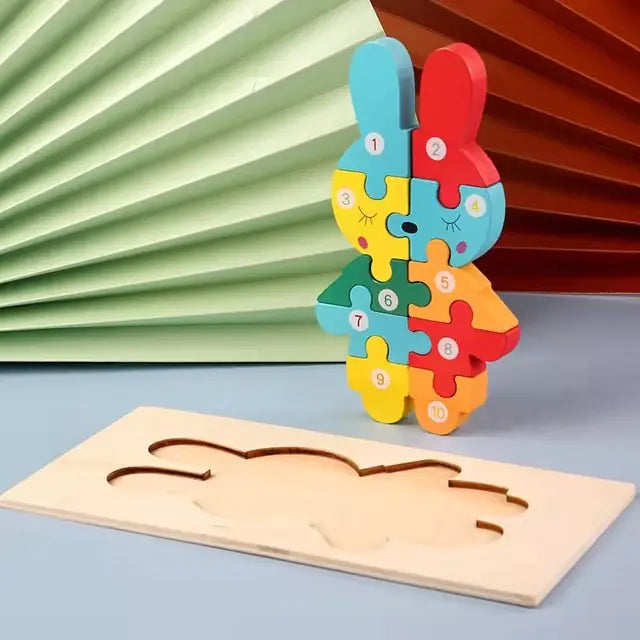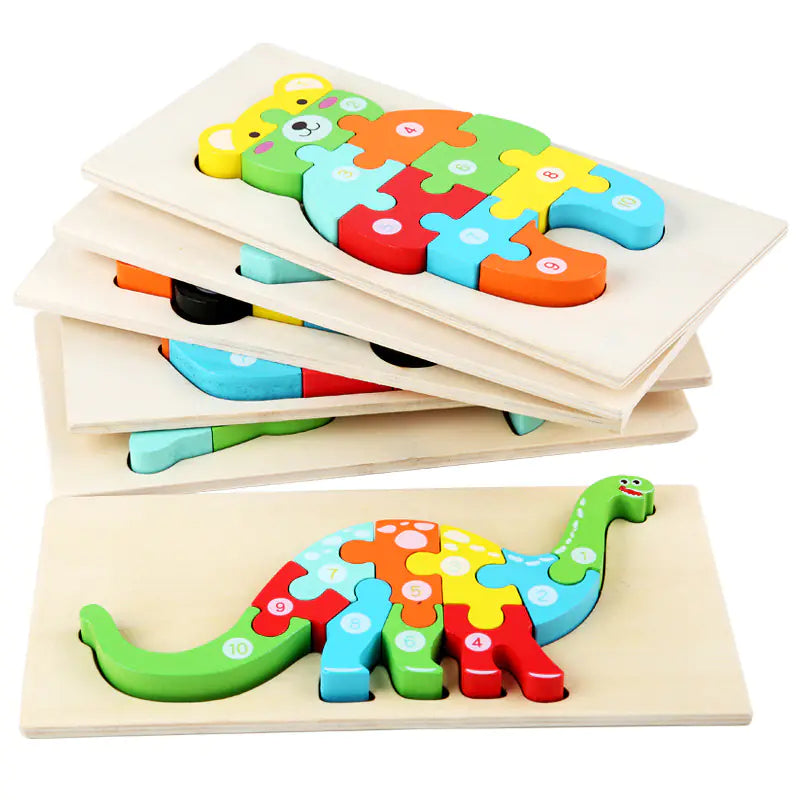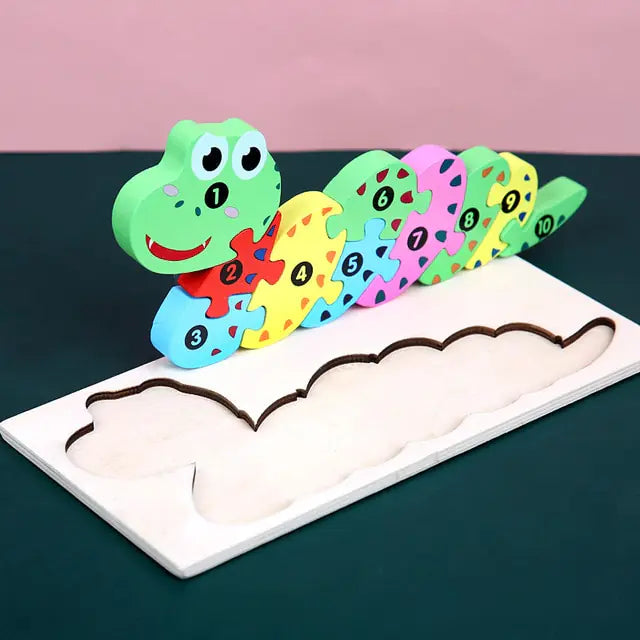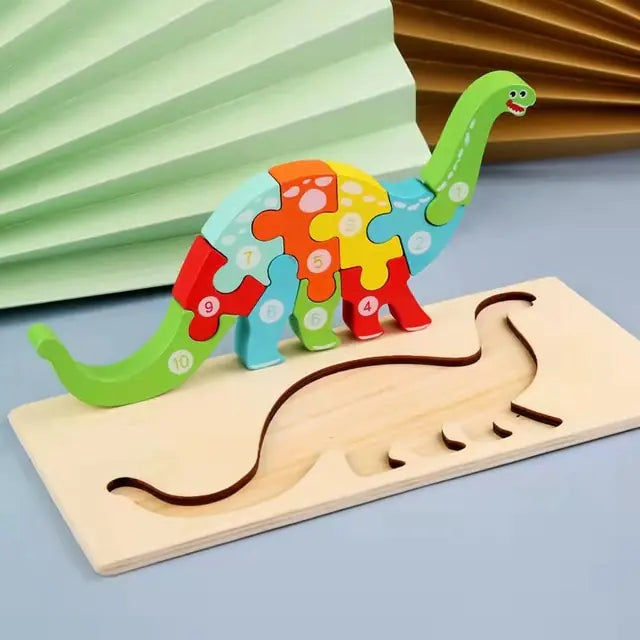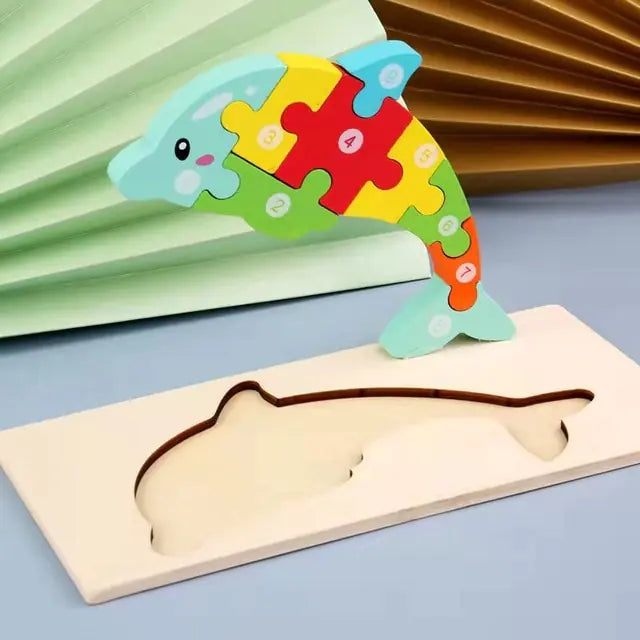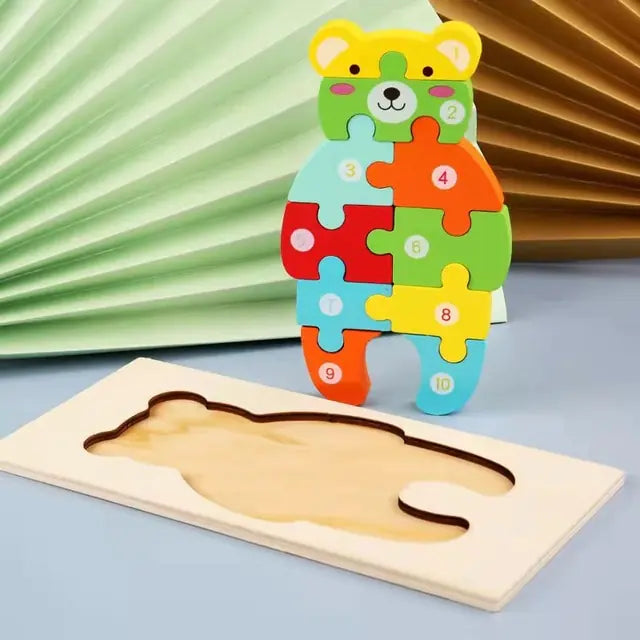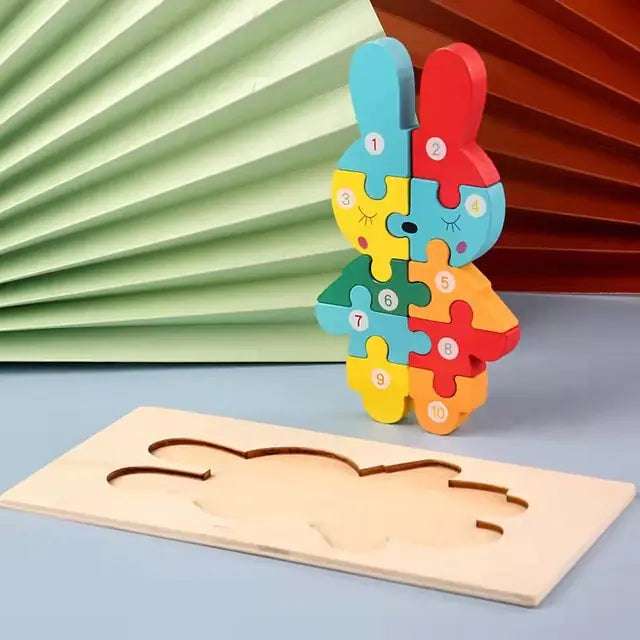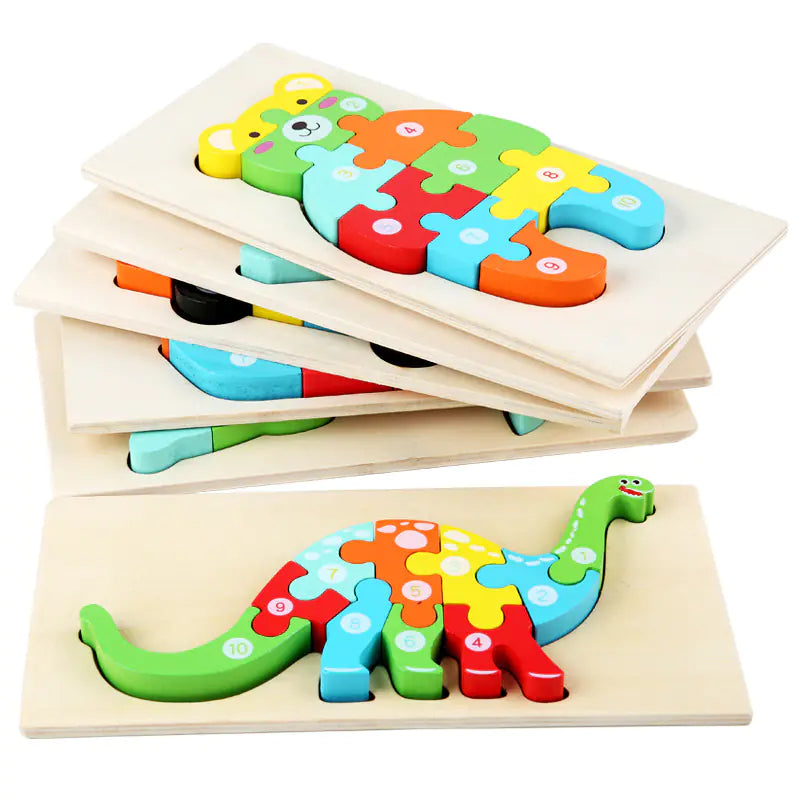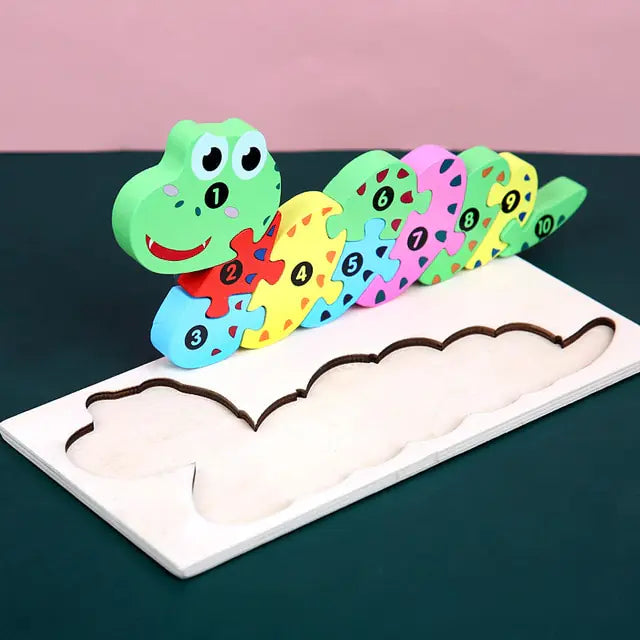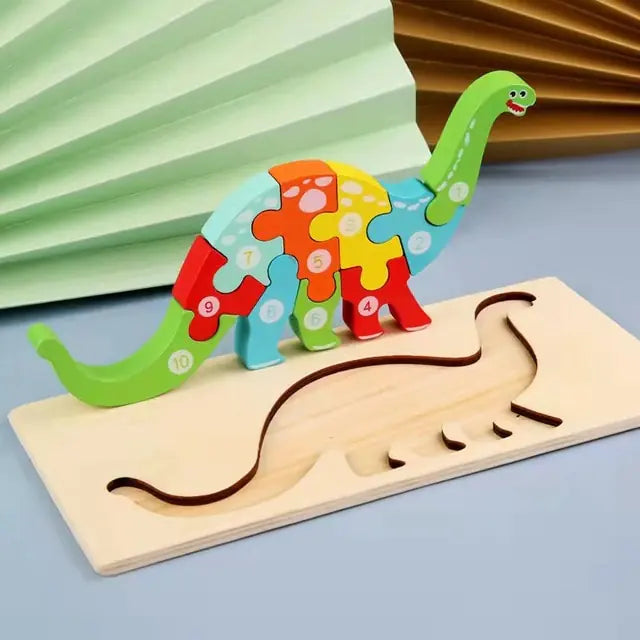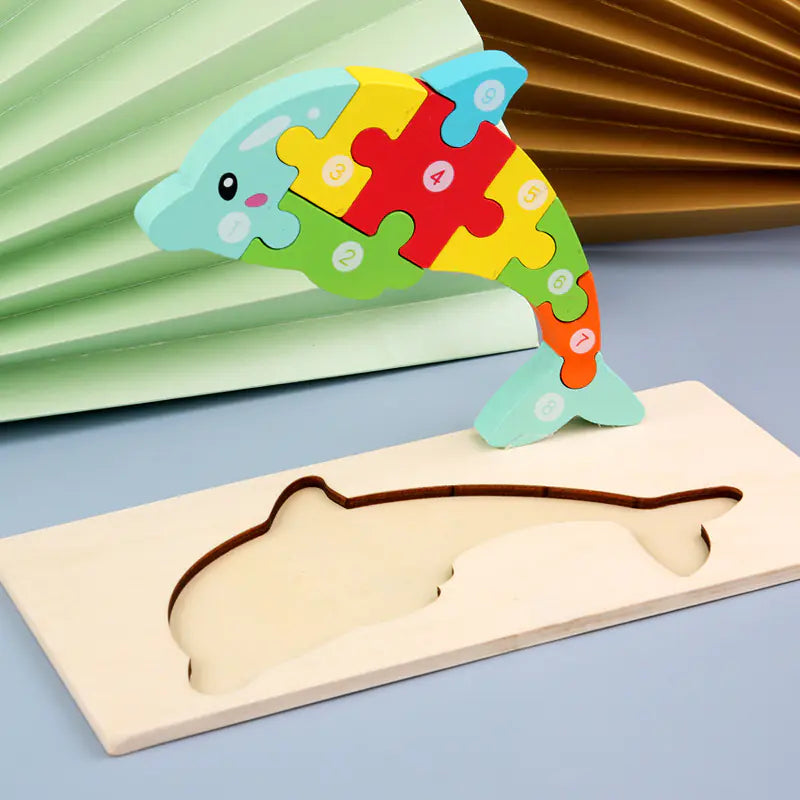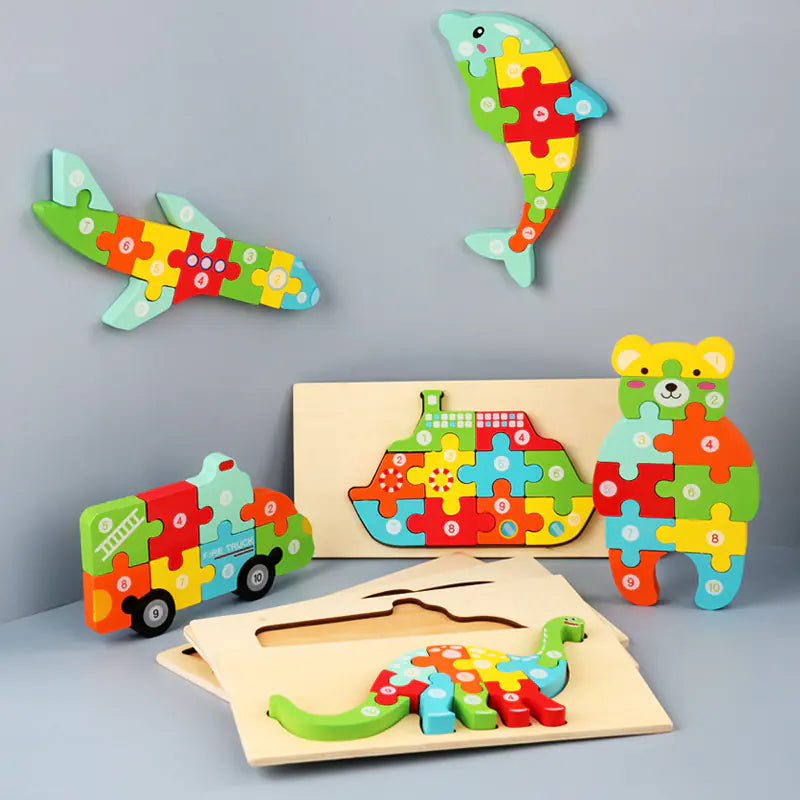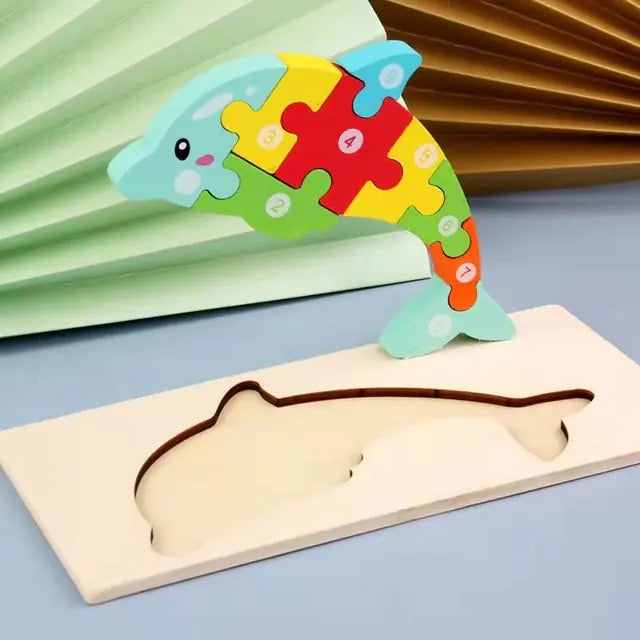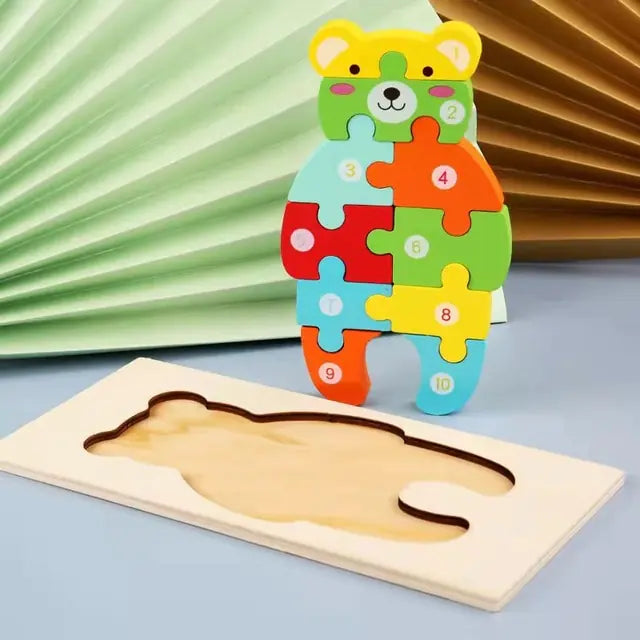Imagine your 4-year-old stacking blocks or sorting shapes with focus. Their tiny hands are exploring the world like scientists! STEM toys for preschoolers turn curiosity into magic. They're your secret allies in raising little innovators!
Every parent knows kids learn best when they're having fun. Learning through play is key! Toys like KEVA Structures 200 Plank Set or Triops growing kits make learning an adventure. Even affordable options like Super Magnetic Thinking Putty offer creativity and growth for under $20.
At this age, their brains absorb concepts like sponges. Montessori-inspired STEM toys let them explore hands-on, without screens. Coding kits like Botley 2.0 and Snap Circuits 300 Kit introduce engineering playfully. These toys are eco-friendly, so you can feel good about what they're made of.

Key Takeaways
- STEM toys for preschoolers boost problem-solving skills through creative play.
- Budget-friendly options like Super Magnetic Thinking Putty offer significant learning at a low cost.
- Montessori-inspired toys encourage independent exploration and critical thinking.
- Botley 2.0 and KEVA Structures make complex concepts feel like games for young kids.
- Quality STEM toys use safe, durable materials for lasting family value.
Understanding STEM Toys and Their Importance for Preschoolers

Let’s start with the basics! STEM toys are more than just playthings—they’re tools that spark curiosity in science, technology, engineering, and math. Imagine building blocks that teach balance (engineering toys) or puzzles that introduce patterns (math toys for preschoolers). These toys turn playtime into learning moments your child won’t even notice!
What Makes a Toy "STEM"?
- Science toys: Encourage questions like, "What happens if...?"
- Technology toys: Introduce cause-and-effect, like remote-control cars.
- Engineering toys: Foster creativity with building sets like Lego or Gears! Gears! Gears!
- Math toys: Use counting games or shape sorters to build early numeracy.
Why Early STEM Exposure Matters
Did you know STEM careers now make up 24.4% of U.S. jobs? Exposing your child to technology or engineering toys early helps them build critical thinking and collaboration skills. By age 4, their learning capacity is at a peak—they absorb information like sponges! These toys lay the groundwork for future success in high-demand fields.
The 4-Year-Old Brain: Ready for STEM Concepts
Your child’s brain is 90% of its adult size at this age! Cognitive milestones like problem-solving and prediction-making are blooming. Simple tasks like stacking blocks (physics!) or sorting colors (math!) become building blocks for lifelong learning. Let’s look at how these toys nurture growth:
| STEM Area | Toy Example | Skills Developed |
|---|---|---|
| Science | Nature discovery kits | Observation, curiosity |
| Technology | Robot Turtles | Sequence thinking, logic |
| Engineering | Magformers | Spatial awareness, design |
| Math | Counting bears | Number sense, sorting |
Remember, every play session with these toys strengthens cognitive development and prepares your child for a world of possibilities. We’re here to help you choose tools that make learning as fun as pretend play!
Developmental Benefits of STEM Toys for 4 Year Olds

Imagine watching your child’s eyes light up as they figure out how to balance a block tower! Every STEM play moment is a chance to grow in ways you might not even notice. These toys aren’t just fun—they’re secretly teaching problem-solving skills, boosting confidence, and sparking curiosity!
- Fine motor development shines as tiny fingers grasp pieces, snap together magnets, or thread beads. Tiny movements build considerable skills!
- Logical thinking blossoms when kids plan, test, and rebuild. “Why did that piece fall off?” becomes a lesson in cause and effect.
- Social development blooms when sharing ideas with siblings or friends. “Let’s try this way!” turns playtime into teamwork practice.
“Our son’s vocabulary exploded after he started explaining his marble runs to us!” – Maria, mom of a 4-year-old inventor
Think about the joy of seeing your child cheer when their creation stands tall. Those moments build persistence and pride. Logical thinking isn’t just for school—it’s a tool for everyday life. When children collaborate, they learn empathy and patience. Every block stacked, puzzle solved, and experiment tried is a step toward becoming a curious, resilient learner.
Critical Cognitive Skills Enhanced Through STEM Play

Imagine your child’s mind at work! Every block stacked, gear turned, or experiment tried sharpens their thinking. STEM play turns playtime into a lab where cognitive challenges become joyful problem-solving puzzles.
“A tower that tumbles teaches more than balance—it teaches persistence!”
Problem-Solving Abilities
- Marble runs teach cause and effect learning as kids adjust tracks to guide rolling balls.
- Games like Rat A Tat Cat build critical thinking for preschoolers through strategic moves.
Spatial Reasoning Development
Building with LEGO or Magnetic Building Sets develops visual-spatial skills. These activities let kids visualize how shapes fit in 3D space, boosting geometric understanding without textbooks!
Early Math Foundations
Counting buttons or sorting colored blocks builds number sense. Toys like Osmo Pizza Co. turn preschool mathematics into pizza-making adventures. Adding toppings equals addition practice!
Scientific Thinking Patterns
Watching caterpillars transform or testing what sinks/floats teaches the scientific method for preschoolers. They observe, predict, and test. These skills spark curiosity about how the world works.
| Activity | Skills Boosted |
|---|---|
| Magnetic tiles | 3D thinking, pattern recognition |
| Science kits | observation skills, hypothesis testing |
| Counting games | number sense, sequencing |
Every “What if?” moment plants seeds for future innovators. These skills aren’t just for school—they’re tools for solving tomorrow’s big questions, one block at a time!
Building Blocks and Construction Toys: Foundational STEM Learning

There’s no better way to spark a 4-year-old’s imagination than with magnetic toys and building sets for preschoolers. These construction toys turn playtime into a discovery lab! Your child will love building castles, rockets, or even their first "city" with building blocks. Every click or snap is a tiny STEM lesson.
Magnetic toys like Magna-Tiles are colorful and fun. “The satisfying click when pieces connect makes learning about shapes and balance feel like magic!” says expert Kunter. These design toys for kids grow with your child, from simple patterns to 3D masterpieces. And LEGO for preschoolers is great too! Duplo blocks are perfect for little hands, boosting focus and creativity.
“Lincoln Logs spark engineering curiosity,” adds Schweikert. Even simple stacking teaches balance and persistence.
Looking for architectural toys that inspire? Try building design sets with familiar elements like doors or roofs. These sets let kids create homes for toy animals or dollhouse scenes, linking play to real-world structures. The best options use oversized pieces that snap together securely, ensuring no frustration for little fingers.
- Builds fine motor skills through grasping and connecting pieces
- Encourages problem-solving with every wobbly tower that topples
- Fosters storytelling as kids narrate adventures around their creations
Remember: There’s no "wrong" way to play! Whether they’re replicating a favorite storybook house or inventing a space station, every build is a STEM win. Let’s keep it playful—after all, the best learning happens when little engineers laugh!
Coding and Logic Toys for Budding Technologists

Did you know your preschooler can start exploring coding concepts through play? Logical thinking games and coding toys for preschoolers turn abstract ideas into hands-on adventures! These early programming toys use sequencing, patterns, and cause-and-effect to build foundational tech literacy—no screen required. Imagine your child directing a tiny robot with buttons or cards, cheering as it follows their instructions!
“Coding is a language of logic. These toys help kids ‘speak’ it through play!”
Let’s meet some stars of screen-free coding:
- Coding Critters MagiCoders: Teach commands through playful robot pets. Kids arrange picture cards to make their creature dance or sing!
- Botley 2.0: A screen-free coding toy where little hands set paths with code cards. Perfect for ages 5-9, fostering persistence through trial and error.
- Space Rover Deluxe: Blast off with a Mars rover that follows push-button commands. Watch your child’s eyes light up as their “missions” succeed!
These tools build more than tech skills—they boost focus, creativity, and confidence. Look for sets like early programming toys that pair physical play with logic, like Osmo Coding’s block-based system or wooden puzzles that teach sequencing. Remember: the goal isn’t to make a pro programmer, but to nurture curiosity and resilience through joyful exploration!
Science Exploration Kits: Sparking Curiosity in 4-Year-Olds
Watching your little one gaze at a butterfly or splash in puddles? Science exploration kits turn these moments into teachable wonders! These tools let kids explore the world hands-on, blending play with discovery. Whether using magnifying glasses to inspect leaves or tracking raindrops with a weather gauge, these kits make learning a joyful adventure. The 4M Weather Station Kit is a hit for capturing curiosity about clouds and storms. Let’s explore how these tools ignite wonder!
Nature Exploration Kits
Nature toys bring the great outdoors into play. Kits often include magnifying glasses for kids, collection jars, and simple field guides that transform backyards into labs. With these engaging activities, children can hunt for bugs, sort rocks, or track the seasons. Look for kits with durable outdoor learning tools that encourage observation and questioning.
Simple Chemistry Sets
Safe chemistry for kids begins with colorful experiments that feel like magic! Kits like the Crayola Color Chemistry Set allow children to mix, stir, and observe reactions. Creating slime or erupting volcanoes with baking soda and vinegar makes science experiments for 4-year-olds safe and thrilling. These kits often utilize household items, helping children see science in everyday life.
Weather and Environment Discovery Toys
Little meteorologists love weather science kits like the 4M Weather Station Kit. These kits include thermometers, rain gauges, and cloud charts for tracking daily changes. Environmental learning toys help children connect weather patterns to broader concepts of climate, making abstract ideas tangible. Activities like charting rainfall or planting seeds after a storm teach cause and effect in a playful way
Math-Focused STEM Toys That Make Numbers Fun

Imagine your child laughing while stacking blocks or comparing “heavy vs. light”. That's math play at its best! Number games for preschoolers should be fun, not dull. They're about exploring and learning through play.
Counting toys spark curiosity, geometric toys tell stories, and measuring toys make abstract ideas real. Let's see how these tools make learning fun!
“The Hape Monster Math Scale is a brilliant way to show number concepts. And it’s fun! My 4-year-old daughter plays with it nonstop!”
Counting toys like the Hape Monster Math Scale let kids explore weight and volume. They play balancing games to guess which apple is heavier. Pattern recognition toys, like the Plip Kit, turn shape learning into creative challenges.
Kids build towers or mosaics, improving their sequencing skills without realizing it. It's all about having fun while learning!
Measuring toys makes size comparison games exciting. Try the wooden counting trays for sorting beans or buttons, or use a simple balance scale to compare weights.
Even everyday items like measuring cups can be math tools. hand2mind Numberblocks MathLink Cubes mix counting with storytelling, making math fun for kids.
- Shape learning games like Learning Resources Coding Critters mix math with logic, using colorful pieces to build patterns.
- VTech’s Sort & Discover Wagon combines shape sorting with counting, which is perfect for active learners.
- Wooden Abacus sets let kids “see” numbers physically, reinforcing one-to-one counting skills.
Remember, math is more than numbers—patterns, comparisons, and exploration! Let your child lead the way with toys that make math fun. When you choose toys that mix math with laughter, you're helping them become confident and curious learners. What's their first math discovery going to be?
Engineering Concepts Through Play: Gears, Pulleys, and Simple Machines

Watch little engineers light up as they discover the magic of simple machines for kids! Toys designed for preschoolers turn play into learning. Imagine your child’s eyes widening as they build a working pulley system or watch gears spin together—science in motion feels like pure magic!
Start with mechanical toys that let tiny hands explore cause and effect for preschoolers. Try these favorites:
- Rocari Pulleys: Teach how ropes and wheels make lifting easier with colorful, chunky pieces.
- Thames & Kosmos Simple Machines Kit: Build 26 models to see gears, levers, and wheels in action!
- Tumble Trax: Marble runs where every curve and slope becomes a lesson in motion.
These toys aren’t just play—they’re tiny engineering labs! When your child connects gears in a mechanical toy set for preschoolers, they learn about sequences and force. Even simple Duplo Legos or Magna-Tiles spark spatial thinking by letting kids see how parts fit together. Watch their confidence grow as they shout, “I did it!” after solving a small mechanical puzzle.
Ask yourself: What if playtime also taught problem-solving? With the right tools, like engineering toys, it can! Let them experiment with Black & Decker Play Tools to mimic real-world building or design colorful gear art with Colorful Gears Art kits. Every click, twist, and turn plants seeds for future curiosity.
Remember, the best learning happens when it feels like play. Let’s give them tools that spark “Aha!” moments today!
Top-Rated STEM Toys for 4-Year-Olds in 2023

Every family looks for affordable STEM toys that spark curiosity without costing too much. We've found the best options for all budgets, ensuring every child finds joy in learning through play. From inexpensive educational toys to premium learning systems, there's something for every home.
Budget-Friendly Options
Looking for quality STEM toys that won't empty your wallet? Check out the Hape Country Critters Wooden Activity Cube for sorting and motor skills. Or the Code & Go Robot Mouse for learning about sequences. These durable educational toys are made to last through endless play!
Mid-Range Investment Pieces
Mid-range options like the Thames & Kosmos Water Power Kit or Gravitrax Marble Run are great. They offer long-lasting learning toys that are both fun and educational. Perfect for exploring physics and engineering through hands-on play!
Premium STEM Toy Systems
For high-end educational toys, the Rigamajig Junior is a standout. As educator Schweikert says, “This system encourages imagination and teamwork through creative building.” Pair it with Botzees Go Unicorn Sets for physical blocks and digital apps. These premium learning systems offer a rich, multi-sensory learning experience!
Every child deserves tools that spark their curiosity. Whether you choose inexpensive educational toys or advanced STEM toys, pick pieces that grow with your child. Let's make every playtime a chance to foster a love for learning!
Integrating STEM Toys with Everyday Learning

Make daily routines fun and educational! Bath time, meal prep, and backyard play are great for STEM learning. Here's how to turn every day into a chance to spark curiosity!
Bath Time Water Science Adventures
Fill the tub with bath learning toys for fun experiments! Kids can test whether toys float or sink. They can also use educational bath toys like measuring cups to learn about volume or soap bubbles.
Ask, “What happens if we add more water?” They'll discover cause and effect while having fun!
Cooking STEM: Learning in the Kitchen
Make snack time a cooking science adventure for kids! Let them measure ingredients (math!) and mix baking soda and vinegar for a fizzy “volcano.”
They can also watch dough rise. Food STEM projects like counting berries or predicting baking outcomes make learning fun! Even simple kitchen learning activities like arranging veggies by color help with math and observation.
Outdoor STEM Explorations
Backyard adventures become outdoor STEM activities! Kids can hunt for leaves, build stick forts, or track the size of rain puddles. A nature learning walk might involve guessing why leaves fall or comparing rock textures.
Backyard science kits let them plant seeds or sketch cloud shapes. Every discovery builds curiosity and a love for the world!
Choose safe, age-appropriate tools like child-sized magnifying glasses or educational bath toys that double as science tools. With a bit of creativity, everyday moments become lifelong learning memories!
How to Choose the Right STEM Toys Based on Your Child's Interests

Every child has their passions. Maybe they love dinosaurs, rockets, or painting. Start by watching what sparks their curiosity. Are they into puzzles, cars, or nature? Let's turn those favorites into learning adventures!
“Toys that connect to a child’s world—like animals or building—make learning feel natural,” says Dr. Laura Phillips. “Look for interest-based STEM options that grow with them.”
Here’s how to choose educational toys that click:
- Observe: Does your child love animals? Try nature kits or animal-sorting games.
- Play together: Join in their play to discover hidden interests!
- Pick open-ended toys like MAGNA-TILES or Tacto Coding sets—they adapt to evolving interests.
Think about their style: Some kids thrive with tactile toys like Wooden Stones or Magnetic Ball Mazes. Others love storytelling with Thames & Kosmos’ Robot Factory. Mix in classics like Tetris with a Montessori twist to balance fun and learning.
Remember, the best picks are those your child can revisit, explore, and love. By aligning toys with their joy, you’re not just playing—building a foundation for a lifetime of curiosity! 🌟
Avoiding Common Pitfalls When Purchasing STEM Toys

Shopping for toys can be tough, but picking the right STEM toy is key! Let's avoid common mistakes and find the perfect fit for your child. Here's how to dodge pitfalls and choose the best!
Fostering a Lifelong Love of Learning Through STEM Play
Whenever you play with building blocks or explore a science kit, you build a STEM foundation that grows with your child. These early experiences spark the love of learning by turning curiosity into hands-on adventures. You're nurturing cognitive development and confidence by asking, “What do you think?” instead of giving quick answers.
Those tiny experiments with LEGO bricks or nature walks become stepping stones for creativity, problem-solving, and a mindset that learning is fun. Parent-child learning moments, like mixing colors or building bridges, create bonds as strong as the skills they build. You’re helping your child see mistakes as part of discovery, not failure.
This playful approach keeps their love of exploring alive long after the toys are put away. The best STEM activities in the kitchen or backyard teach patience and teamwork while making abstract ideas tangible. As your child grows, that early STEM foundation will help them tackle challenges with curiosity.
The joy you share now—whether counting clouds or designing block cities—plants seeds for future innovators. Keep asking questions, celebrate their “what if” ideas, and watch how play becomes the first step toward a lifetime of discovery. The greatest gift? Helping them believe they can figure anything out—one block, one experiment, one “why?” at a time.
What age is appropriate for introducing STEM toys to my child?
Four years old is a great time to start! Kids are naturally curious and ready to learn basic STEM concepts in fun ways.
How can STEM toys benefit my child's development?
STEM toys help with whole-child development. They improve cognitive skills, fine motor abilities, problem-solving, and social skills. Plus, they spark creativity!
What types of skills do STEM toys help develop in preschoolers?
STEM toys boost critical thinking skills like problem-solving and spatial reasoning. They also lay the groundwork for early math and scientific thinking through play.
Are all STEM toys created equal?
No, not all are the same! It's key to pick high-quality STEM toys that offer genuine educational value. Avoid toys with flashy gimmicks that might not hold your child's interest.
How can I ensure the STEM toys I choose are safe for my 4-year-old?
Always check for safety certifications and choose age-appropriate toys. Ensure they don't have small parts that could be a choking hazard. Supervising your child during play is also vital!
What are some examples of popular STEM toys for 4-year-olds?
Some favorites include magnetic building sets, interlocking blocks, nature exploration kits, and coding toys. These help preschoolers learn through play.
Can I incorporate STEM learning into everyday activities?
Yes, you can! Engage your child in STEM learning during bath time, cooking, or exploring nature. These moments can become learning adventures!
